Sennheiser Momentum 4 vs. Bose 700: Do we have a new noise-cancelling king?
The Sennheiser Momentum 4 goes up against the category-leading Bose 700 in our latest face-off battle.
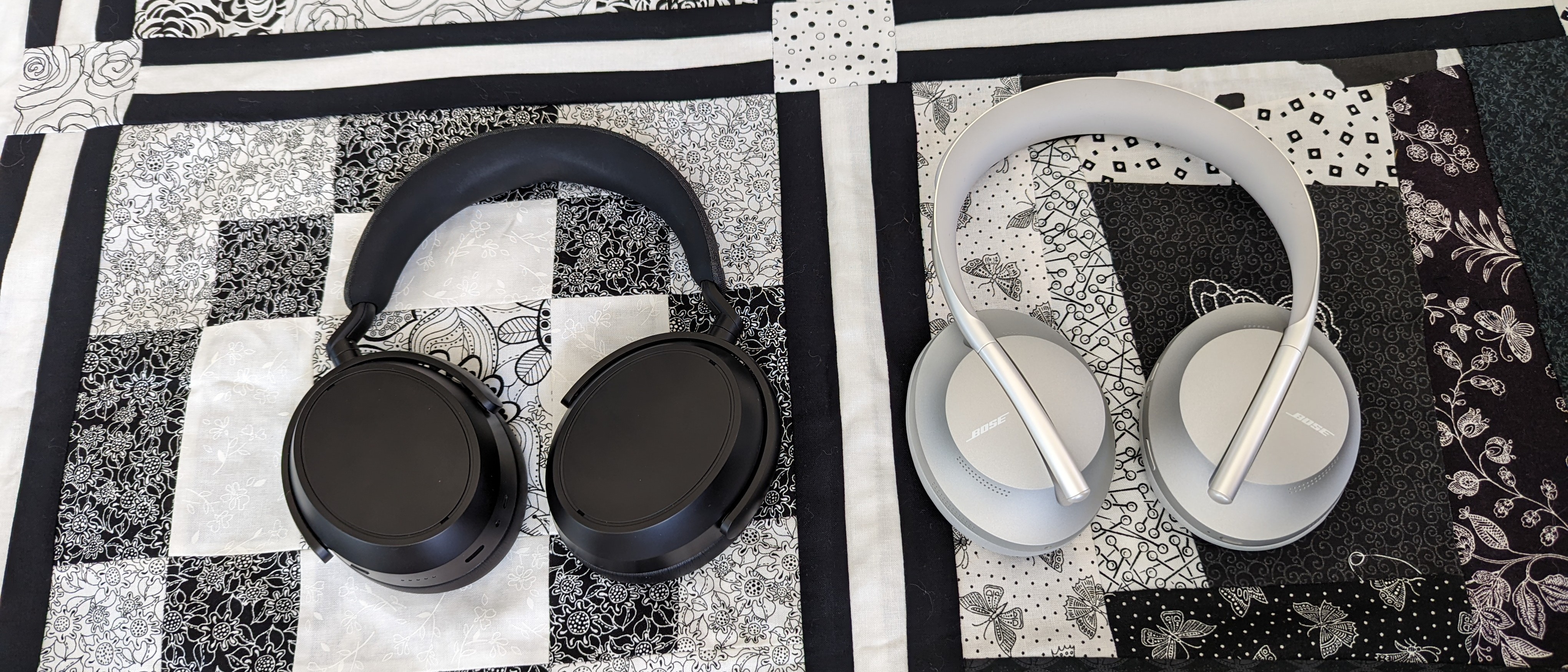
The Sennheiser Momentum 4 vs. Bose 700 is a heavyweight contest between two of the best noise-cancelling headphones money can buy.
Recently launched, the Momentum 4 serve as Sennheiser’s latest flagship headphones and combines powerfully adaptive ANC (active noise cancellation) and sound into a more streamlined design. Battery life has massively increased from the previous-gen Momentum 3, as well as the number of features and smart controls.
For over three years, no model has surpassed the Bose 700 as the category’s top choice. Bose’s ANC technology remains best in class. The 700’s ultramodern design is worthy of being displayed at the MET. Theses headphones also come with satisfying sound, even better call quality, and serviceable features that enhance the user experience.
How do you choose between the two? This Sennheiser Momentum 4 and Bose 700 comparison should help you narrow down the decision. Let’s dive right in.
Sennheiser Momentum 4 vs. Bose 700: Price
The $399 Sennheiser Momentum 4 are slightly more expensive than the $379 Bose 700, though the latter are often discounted at major online retailers (we’ve seen them for as low as $269). Each pair of headphones is sold in Black and Silver, but the Bose 700 has seen limited edition releases in Soapstone, Triple Midnight, and the Apple-exclusive Black/Copper.
Factoring in sales opportunities, the Bose 700 stands out as the more enticing offer. Don’t expect to see the Momentum 4 marked down any time soon.
Be sure to bookmark our headphone deals page for the latest sales.
Sign up to receive The Snapshot, a free special dispatch from Laptop Mag, in your inbox.
Winner: Bose 700
Sennheiser Momentum 4 vs. Bose 700: Specs compared
| Header Cell - Column 0 | Sennheiser Momentum 4 | Bose 700 |
|---|---|---|
| Price | $399.99 | $379.99 |
| Size and weight | 7 x 7.67 x 1.82 inches; 10.3 ounces | 8 x 6.5 x 2 inches, 8.95 ounces |
| Battery life | 60 hours | 20 hourrs |
| Connectivity | Bluetooth 5.2 | Bluetooth 5.0 |
| Special features | Adaptive active noise cancellation, transparency mode, adaptive sound settings, equalizer settings, smart controls, digital assistant support, Google Fast Pair, multipoint technology, aptX Adaptive | Adjustable active noise cancellation, transparency mode, equalizer settings, smart controls, digital assistant support, Self-Voice Mode, Spotify Tap, multipoint technology |
Sennheiser Momentum 4 vs. Bose 700: Design

Redesigns are either hit or miss. The Momentum 4 design is a miss for us. Aside from welcomed additions like the nylon fabric headband and handsome carrying case, the rest of the design shares a generic appearance with many cheap noise-cancelling headphones (the Treblab Z7 Pro comes to mind). Why Sennheiser removed the Momentum 3’s flashy yoke that connected to the front of each earcup is hard to fathom; it’s a distinctive feature that has become part of the series’ identity. Comfort isn’t the most pleasant either, due to the Momentum 4’s excessive weight.
The 700 headphones are a work of art. Bose got creative with their design, placing the extenders on a tracking system for seamless adjusting and not exposing one screw, seam, or piece of thread. Even the faux leather on the earcups and headband provides a pleasant and secure fit. These cans are mostly built from solid plastic and aluminum, yet they look like they were molded from one piece of material.
Winner: Bose 700
Sennheiser Momentum 4 vs. Bose 700: Controls
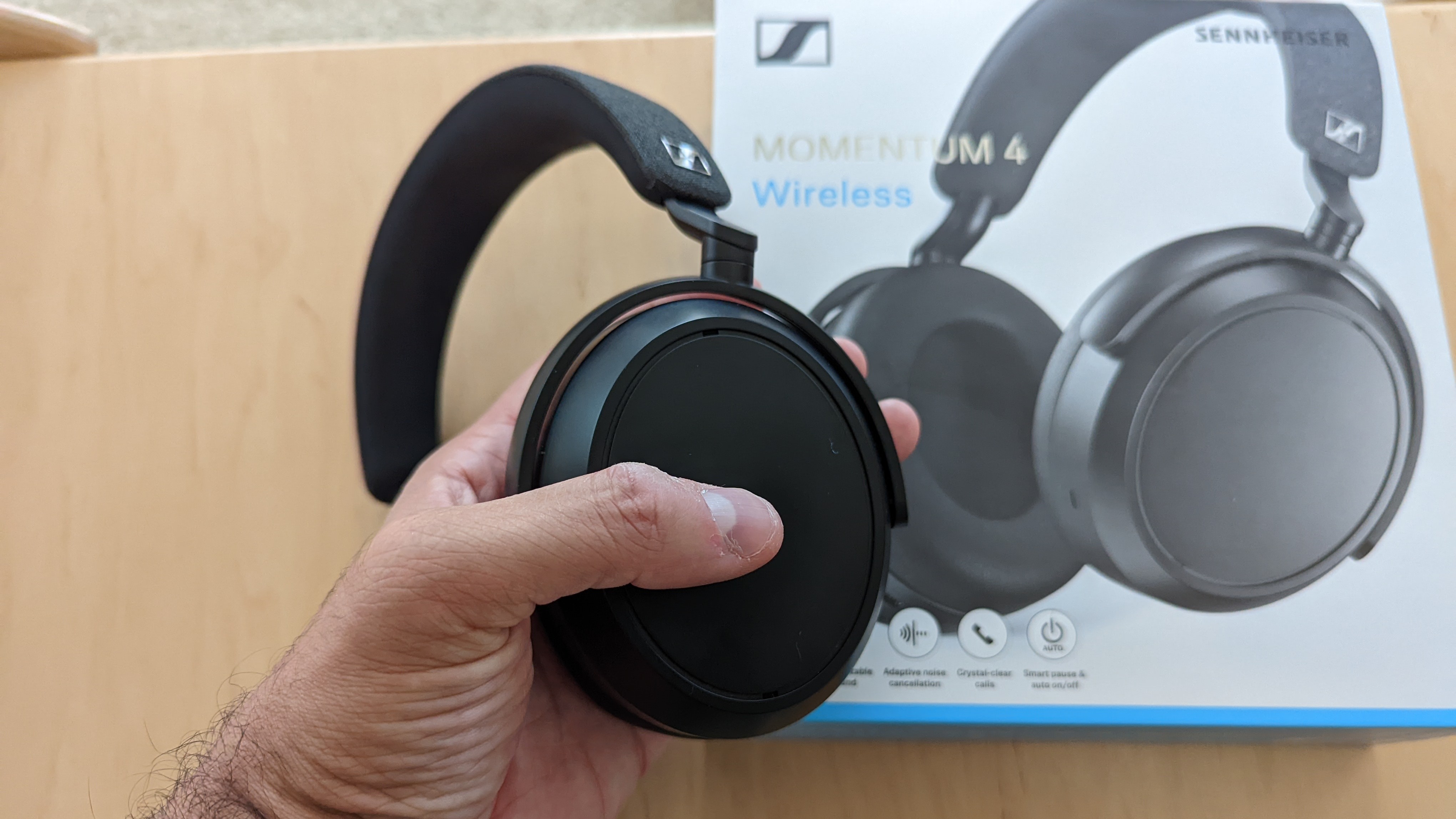
The Momentum 4 has responsive button input and wear detection. Speech recognition is on point for voice command operation via Bixby, Google Assistant or Siri. Where things get shaky are the touch controls. Sennheiser’s touch sensor has the tendency to fall asleep after several minutes of inactivity and won’t register any taps or swipes until awoken, which takes a minute. When the sensor is functioning, it registers touch gestures accurately and lets you perform cool tricks like manually adjusting ANC/Transparency levels through a special pinch gesture.
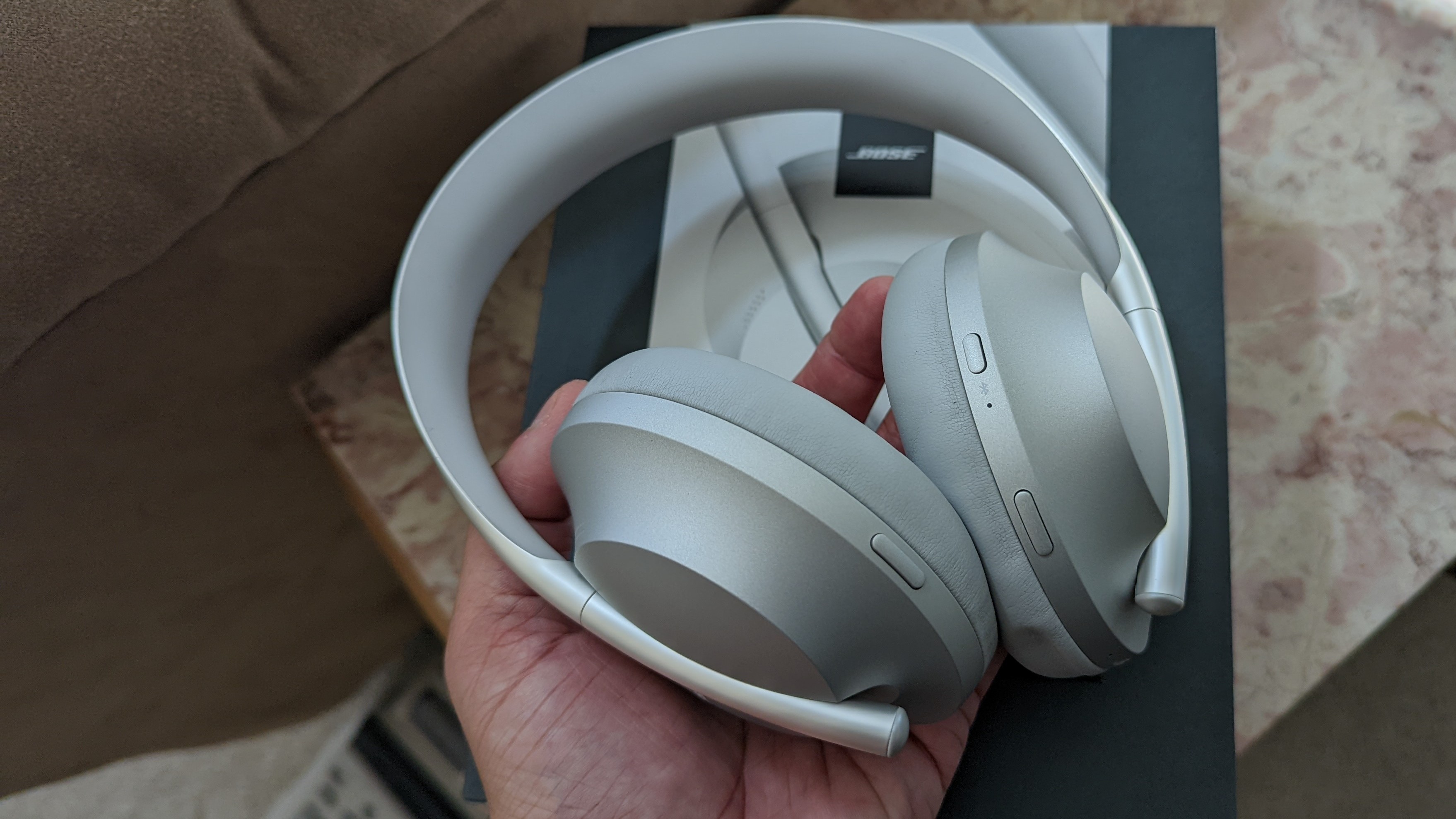
Touch controls execute swiftly on the Bose 700. Motion detection initiates auto-pause/play instantly when removing/wearing the headphones and the digital assistant works flawlessly. You also get Spotify Tap functionality that can be assigned to the action button for instant access to the streaming service. There is one complaint we have regarding the Bose 700’s touchpad – the integrated extender does interfere with the touch panel, minimizing the coverage space for tap and swipe gestures.
Winner: Bose 700
Sennheiser Momentum 4 vs. Bose 700: Active noise cancellation

Three years in and the Bose 700 still delivers class-leading noise cancellation. Bose’s adaptive eight-mic system (six are used for ANC) eliminates up to 95 percent of ambient noise and minimizes the other 5 percent that comes through the soundscape. We’ve used these headphones on flights, commutes around New York City, and several indoor settings (e.g., grocery stores, malls, parks), enjoying silence everywhere we went.
Distractions only occur when you’re surrounded by multiple high-frequency sounds at once, and even then, the headphones cancel them out at such a high rate that they’ll sound like background effects on songs. Bose gives you 11 levels of adjustable ANC to personalize how much noise you want to block out. The Transparency mode is just as effective for increasing your awareness of surroundings.

Don’t think for one second that the Momentum 4 are an ANC pushover. Their noise-cancelling technology operates similarly to the Bose 700 (the feature is always turned on) and adapts better to loud environments than the Sony WH-1000XM5. Multiple ANC levels combined with a dual-setting Wind Resistance mode help neutralize most sounds across the frequency spectrum; some high-frequency noises are audible. Sennheiser’s versatile Transparency Mode is also powerful enough to pick up vocals within proximity and incidental sounds from afar.
With more testing, it’s possible to determine the Momentum 4 as the better noise-cancelling solution, but our years of ANC use with the 700 headphones won’t allow us to make that call just yet.
Winner: Bose 700
Sennheiser Momentum 4 vs. Bose 700: Audio Quality
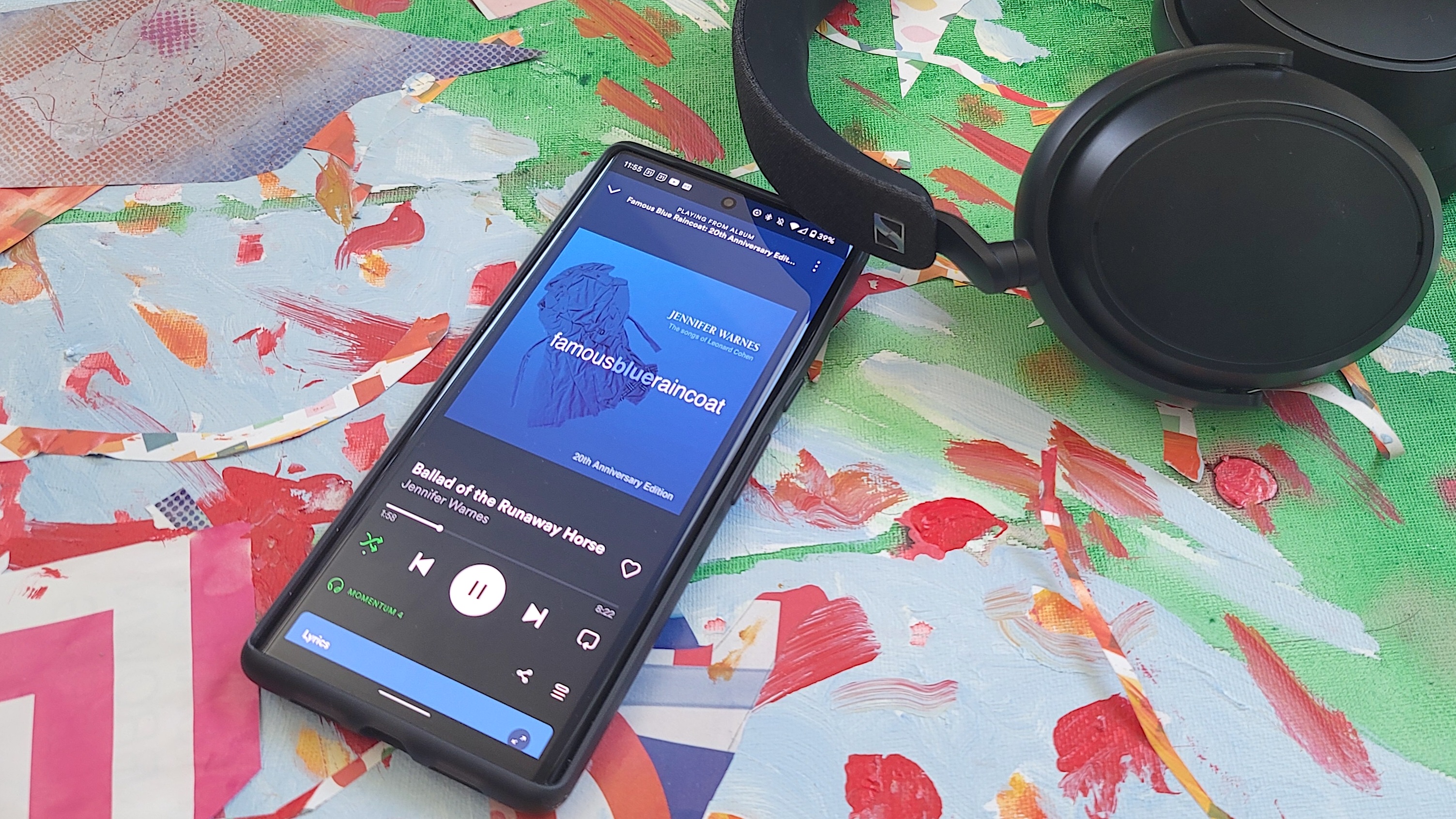
The sonic versatility displayed by the Momentum 4 is tremendous. Sennheiser’s 42mm transducer system produces wonderful hi-fi audio that sounds even better when listening to music on lossless streaming services (e.g., Deezer, Tidal), thanks to aptX Adaptive codec support. Listeners with sharp hearing will notice the slightest nuances in complex recordings. There are several ways to customize sound, including the three-band EQ, six well-engineered presets, Sound Check to automatically adjust the EQ to your hearing, and Sound Zone to optimize the EQ (or noise cancellation) to your location.
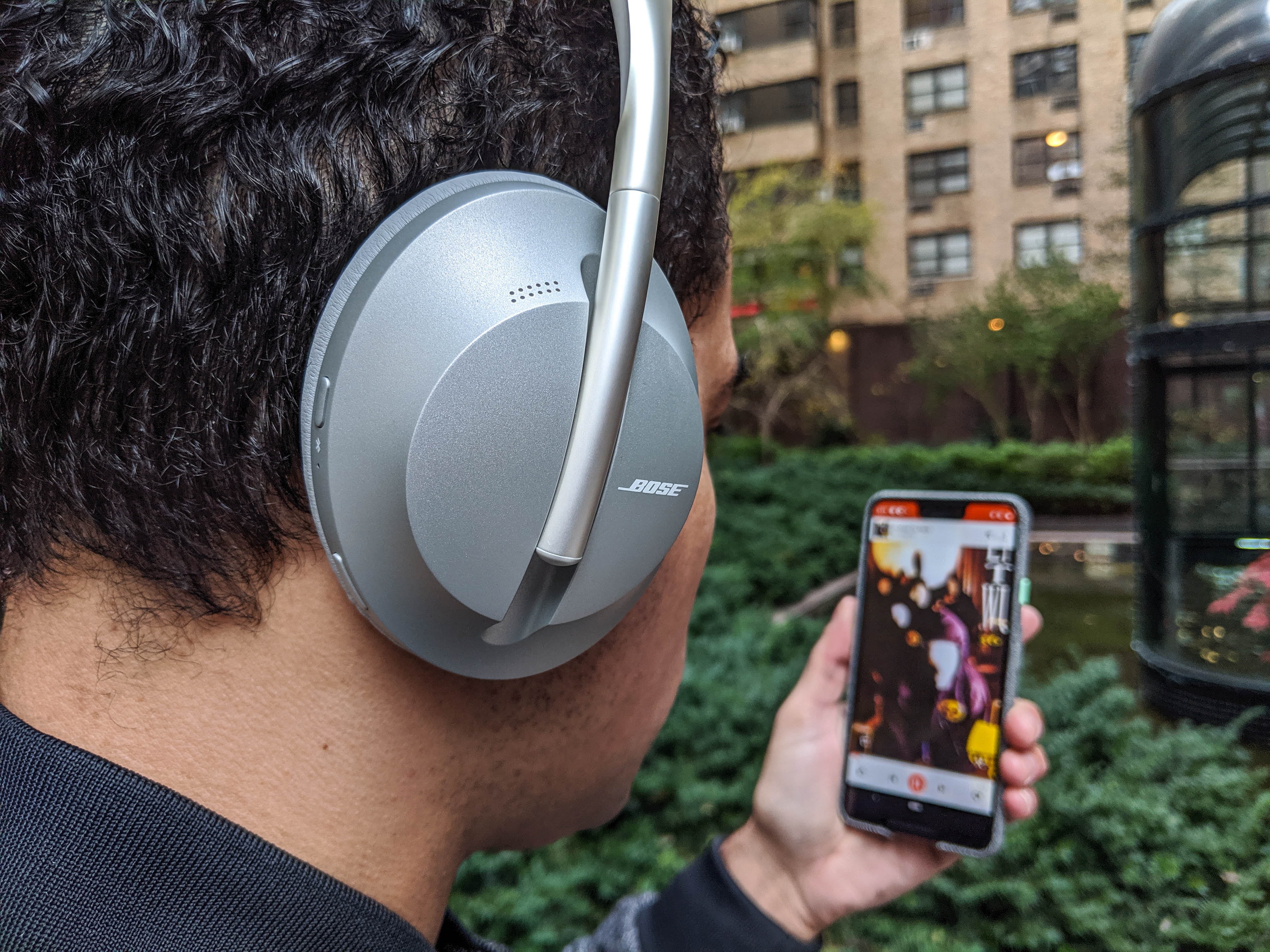
When originally launched, the Bose 700 were considered a significant audio upgrade from the QuietComfort 35 II and a fine-sounding model. They still are. We really like Bose’s warm, well-balanced sound profile for most music selections. The EQ in the Bose Music app grants the freedom to tweak bass, mids, and treble, and has four great presets that will do the job for you. Unfortunately, this just isn’t enough to compete with Sennheiser’s sound.
Winner: Sennheiser Momentum 4
Sennheiser Momentum 4 vs. Bose 700: App and special features
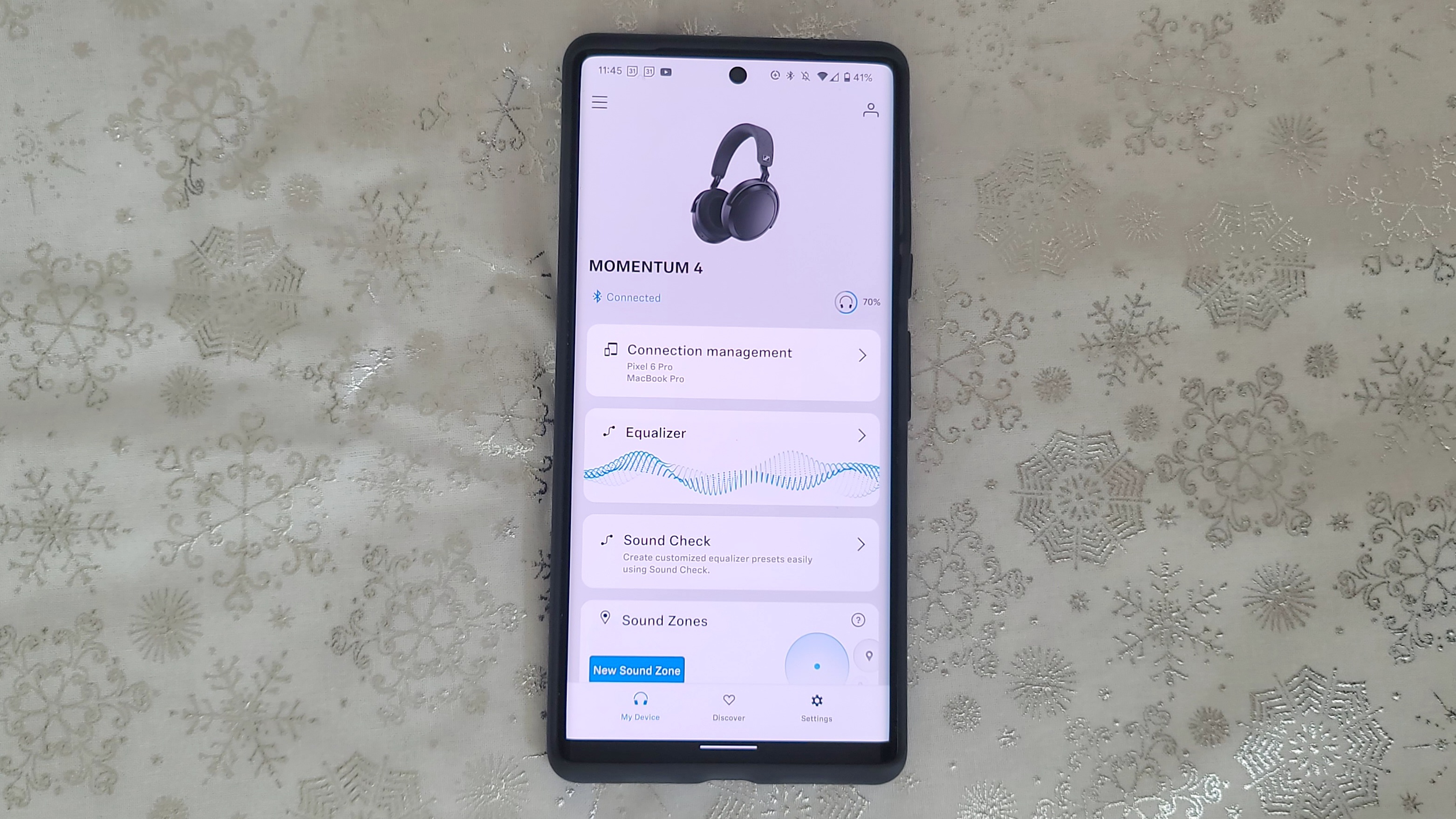
Sennheiser offers more significant features for the price. Their Smart Connect app carries aforementioned essentials like ANC/Adaptive/Transparency mode, Equalizer, Sound Zones, and Sound Check. Other notables include Sidetone to adjust vocal clarity during calls and Comfort Call for reducing listener fatigue. There are also several toggle controls to enable/disable different functions (On-Head Detection, Smart Pause, Auto Power off).
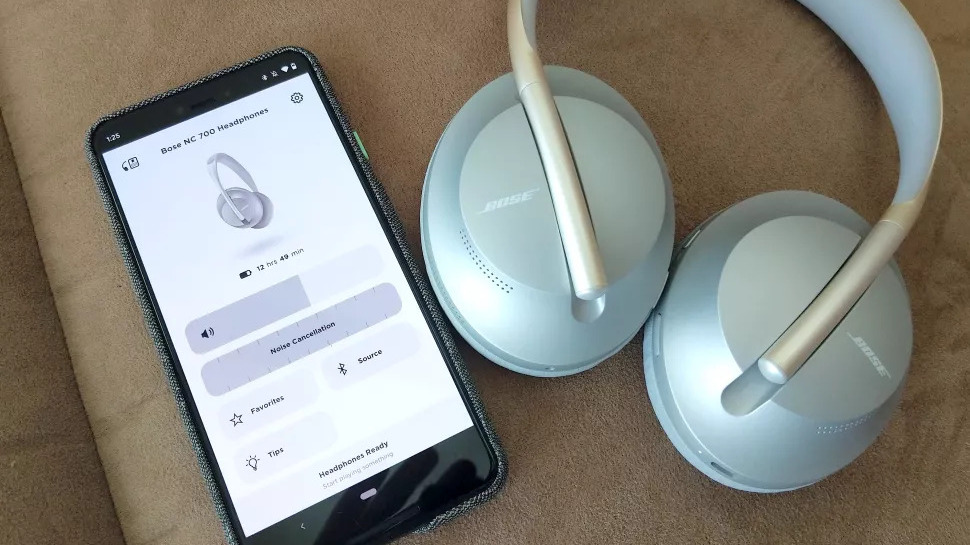
Bose has progressively added more features to the 700 headphones through updates. Downloading the Bose Music app gives you control and EQ customization, along with adjustable ANC levels and the option to save three preferred settings that can be activated when pressing the action button. The Self-Voice setting shouldn’t be overlooked since it improves call quality by adjusting how loud your voice sounds on calls. Rounding out the app are a music player, volume slider, standby timer, battery level indicators, digital assistant selection, and toggle controls.
The Momentum 4 runs on Bluetooth 5.2 and the 700 headphones on Bluetooth 5.0. Both deliver smooth and stable connectivity, have fast pairing options, and support multipoint technology.
Winner: Sennheiser Momentum 4
Sennheiser Momentum 4 vs. Bose 700: Battery life
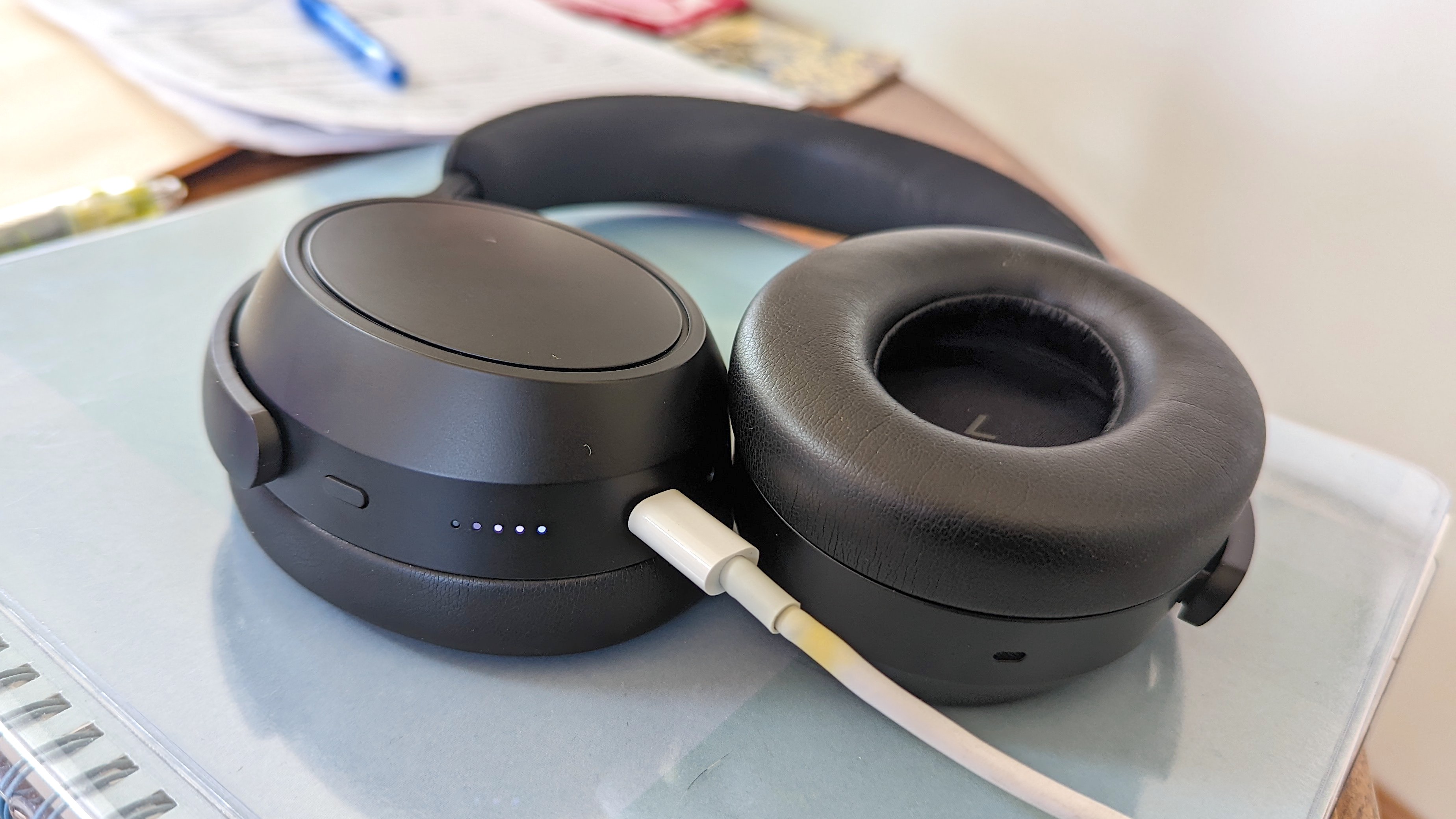
The Momentum 4 (60 hours) provides nearly triple the playtime of the Bose 700 (20 hours). That means a full charge with Sennheiser’s headphones can get you close to a month’s worth of moderate use, whereas Bose’s headphones will need to recharge sooner than later. Quick charging is also stronger on the Momentum 4 with a 5-minute charge generating 4 hours of playtime versus the 700’s 3.5 hours on a 15-minute charge.
Winner: Sennheiser Momentum 4
Sennheiser Momentum 4 vs. Bose 700: Call quality

I never thought the day would come when another noise-cancelling headphone would match the Bose 700’s excellent call quality, but here we are. The Momentum 4 produces loud, crystal-clear voice and video calls in any environment, and has some of the best wind resistance in the category to reduce whisking effects. You’ll get similar results from the Bose 700. The call features on both models make noticeable differences in performance. Investing in the more enhanced Bose 700 UC is only justified for business users who want to boost connectivity for video chats on Microsoft Teams, Zoom or Google Meets, but the standard 700 headphones and Momentum 4 are just as reliable for conferencing.
Winner: Tie
Winner: Tie
The Sennheiser Momentum 4 pulls off the amazing feat of tying with the Bose 700 as the market’s best noise-cancelling headphones. These are equally excellent models with strong selling points and compromises. ANC, controls, and design favor Bose’s offering, while sound, battery life, and features favor Sennheiser’s latest creation.
| Header Cell - Column 0 | Sennheiser Momentum 4 | Bose 700 |
|---|---|---|
| Value (5) | 4 | 5 |
| Design (15) | 11 | 15 |
| Controls (10) | 7 | 8 |
| Active noise cancellation (20) | 19 | 20 |
| Audio quality (15) | 15 | 12 |
| App and special features (15) | 13 | 12 |
| Battery Life (10) | 10 | 7 |
| Call quality (10) | 10 | 10 |
| Total Score (100) | 89 | 89 |
Yes, the Bose 700 is more accessible these days, especially during shopping holidays, but the Momentum 4 proves to be just as valuable at its high price point.
Alex Bracetti writes about all things related to audio at Laptop Mag. From insightful reviews of Sony earbuds to hands-on experience with the Beats Studio Pro, Alex covers everything you need to know in order to buy the best pair of headphones or earbuds. Alex has also written about speakers and audio apps. Outside of Laptop Mag, Alex's work has appeared in our sister site Tom's Guide.
